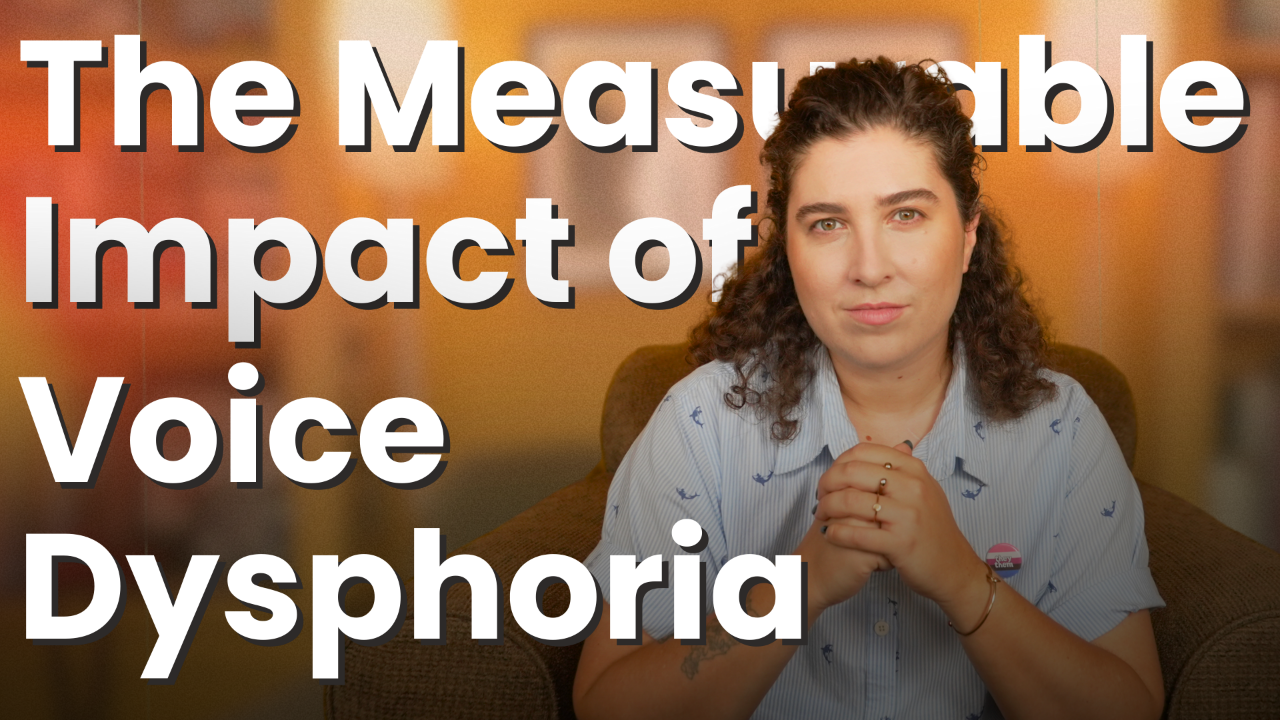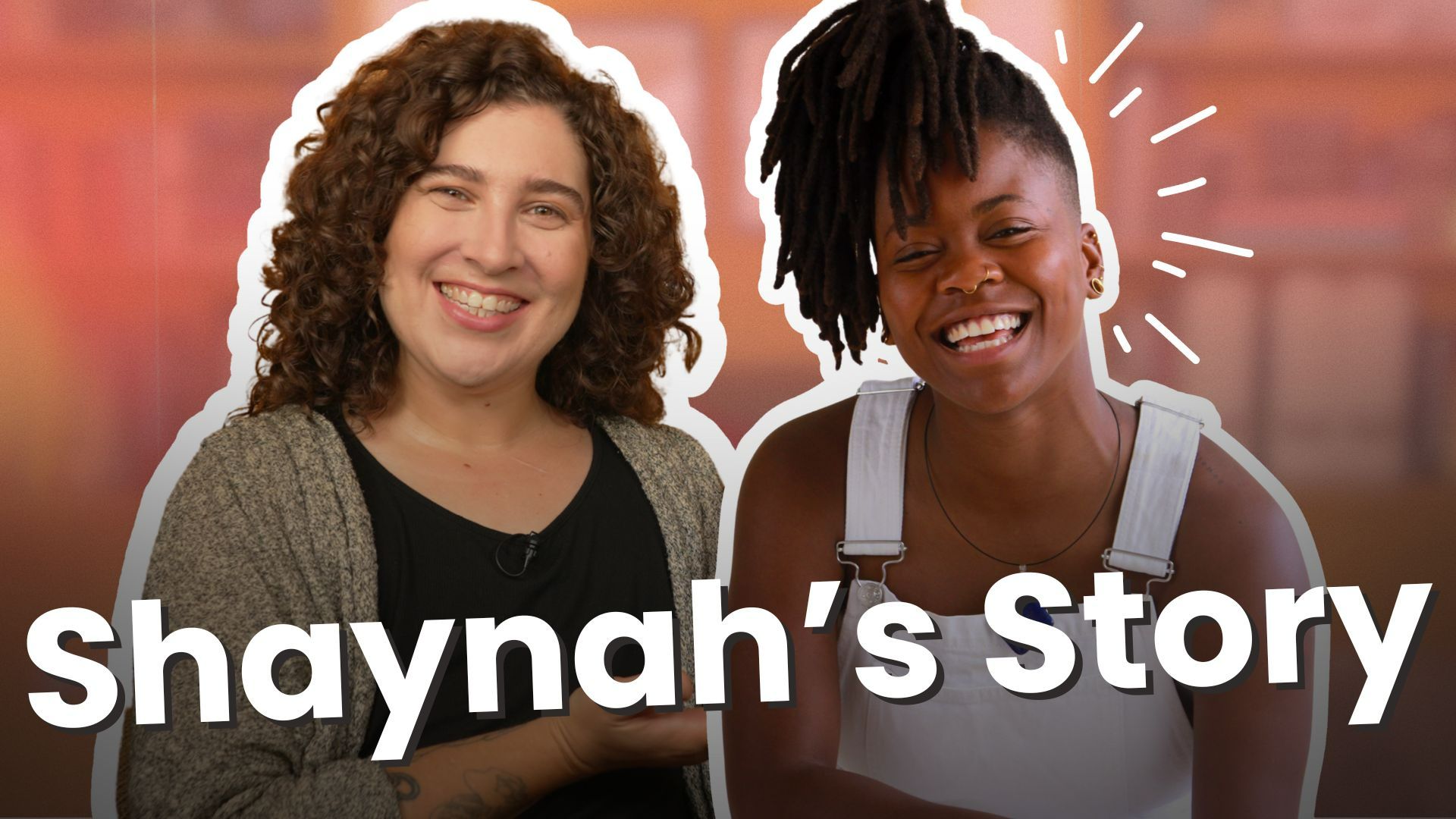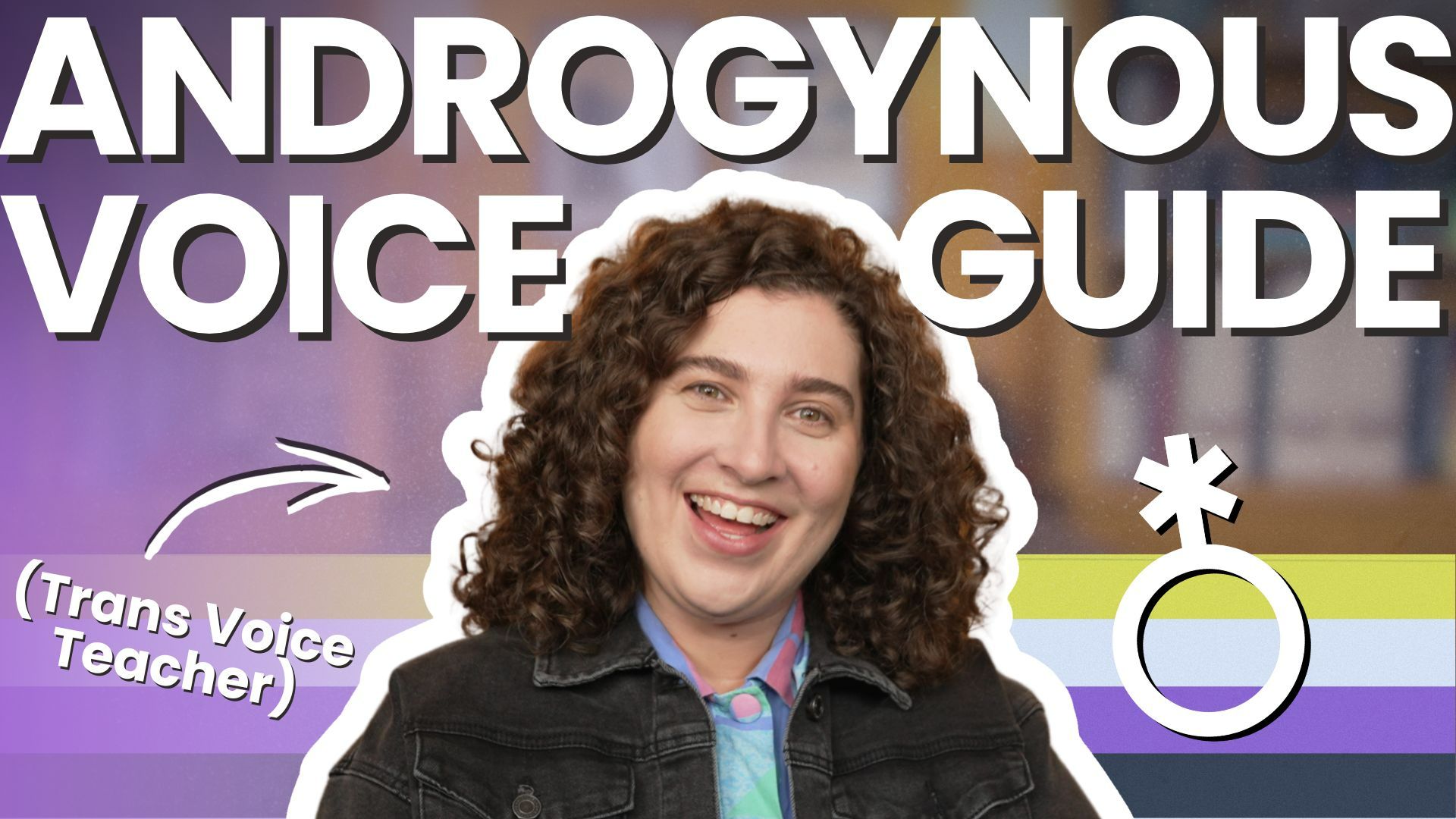3 Simple Vocal Weight Exercises for Trans and Nonbinary Voices
Sep 11, 2025
Vocal weight is a key but often overlooked part of how gender is heard in the voice. In this post, I’ll explain what vocal weight means in trans voice training, and share three practical exercises to help your voice sound lighter, heavier, or more balanced. Whether you’re trans, nonbinary, or exploring feminine or masculine voice training, these tools can help you find the sound that feels most like you.
What Is Vocal Weight in Trans Voice Training?
Have you ever felt like your voice sounds too heavy, too light, or just not quite right, and you don’t know how to fix it?
You might be dealing with vocal weight, a lesser-known but powerful ingredient in how gender is heard in the voice.
In this post, I’ll explain what vocal weight is, why it matters, and three simple exercises you can use to adjust it. Whether you want your voice to sound lighter or heavier, these tools can help you get closer to a sound that feels right for you.
Prefer to watch instead of read? Here’s the full video:
What Is Vocal Weight?
When people talk about gender in the voice, the focus is usually on pitch and resonance. Both are important, but if you’ve worked on them and your voice still doesn’t feel right, vocal weight might be the missing piece.
Vocal weight (also called vocal fold mass) is influenced by several factors:
-
The physical thickness of your vocal folds.
Vocal folds thicken during a testosterone-dominant puberty, which creates a buzzier, heavier sound. But vocal folds also stretch and thin for higher pitches, or relax and thicken for lower ones. -
How tightly your vocal folds come together.
When vocal folds press firmly together (adduction), the sound is buzzy and heavier. When they don’t meet as firmly (abduction), the sound becomes lighter and breathier. -
The volume of your voice.
Louder sounds naturally require more air pressure, which creates tighter vocal fold contact and a heavier sound. Softer sounds encourage gentler closure and a lighter effect.
It’s important to know these connections, but the exercises you’ll learn here focus mainly on controlling how firmly your vocal folds meet, no matter the pitch or volume.
Why Vocal Weight Matters in Gender Expression
People sometimes associate heavier voices with masculinity and lighter voices with femininity, but these aren’t strict rules. My voice is relatively thick, and it’s still often read as feminine.
Exploring vocal weight isn’t about fitting gender stereotypes. It’s about finding a voice that feels authentic, aligned, and affirming to you.
Important Caveats Before You Practice
Before we get into exercises, a couple of clarifications:
-
Buzziness doesn’t always come from the same place. The aryepiglottic sphincter (the structure that creates “twang”) can also add buzz, but that’s different from vocal weight. I’ll cover that in a future video.
-
Sometimes roughness or rumbliness comes from false fold phonation, when the false folds vibrate along with the true folds. That’s another source of heaviness, and it deserves its own deep dive later.
Today, we’re focusing on vocal weight created by your true vocal folds, a foundational skill in both MTF voice training and FTM voice therapy.
3 Trans Voice Training Exercises to Adjust Vocal Weight
Now that you know what vocal weight is, let’s explore three simple trans voice training exercises that help you find your balance.
1. Pitch Slides
This exercise uses the natural connection between pitch and vocal fold thickness.
-
To lighten your weight: Start with a comfortable high pitch. Notice how it feels. Reduce volume or tension until it feels easy, then slide down into your speaking range while maintaining that light feeling. Try speaking short words or phrases from there.
-
To heavify your weight: Do the opposite. Start lower, feel the natural heaviness, then slide up while keeping that quality.
If this one doesn’t land, keep experimenting. Not every feminization or masculinization training technique works the same for everyone.
2. One Nostril Hum
This one is great for creating a lighter, more efficient sound and is especially useful for feminine voice training. It works by balancing air pressure above and below the vocal folds.
Here’s how:
-
Close your lips.
-
Pinch one nostril shut.
-
Hum a comfortable mid-high pitch: “Mmmmmm.”
-
Slowly open the nostril, then open your mouth into an “ah.”
-
Transition to short words and phrases.
This is a semi-occluded vocal tract exercise (SOVT), which encourages efficient fold closure without strain. Stay focused on reducing pressure and letting the folds meet lightly.
3. Stuck Tongue
This one helps you build heavier vocal weight, helpful for voice masculinization training or grounding your tone.
-
Press the tip of your tongue against the roof of your mouth, just behind your front teeth.
-
Apply moderate pressure.
-
Phonate on “uh.”
That extra effort encourages stronger fold contact, which translates into a heavier sound. Once you find it, try maintaining the quality without pressing your tongue, and then move into short words and phrases.
Final Thoughts on Vocal Weight and Gender-Affirming Voice Work
Vocal weight is an often-overlooked part of how voices are gendered, and learning to control it is key to effective transgender voice training. It can make a huge difference in how your voice feels and sounds.
These three exercises—Pitch Slides, One Nostril Hum, and Stuck Tongue—are simple entry points for exploring it. Remember: if an exercise feels awkward or “unnatural” at first, that’s normal. Exercises are meant to train your system, not instantly create a finished product. With time, the results start to show in your everyday speech.
The key is to stay curious. There’s no one “right” way to sound, and your goal is to find what feels most authentic to you.
If you’d like to go deeper, I’ve created full playlists on vocal weight and related topics, and I also offer a free one-hour masterclass called Change the Gender of Your Voice (no hormones or surgery required).
Which of these exercises do you find most helpful? Or do you already have a go-to method that works best for you? Let me know in the video comments.
Want weekly tips, resources, and insights on trans voice training? Sign up for my newsletter and get the latest content delivered straight to your inbox. It's free!









